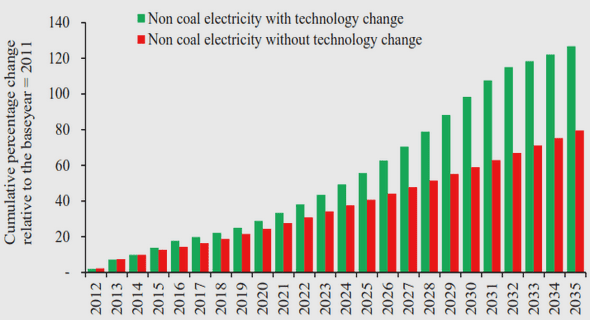(Downloads - 0)
For more info about our services contact : help@bestpfe.com
Table of contents
1 General Introduction
1.1 Background: micro-structure of the soil and multi-scale approach
1.2 Constitutive modeling for granular material: knowledge and problems
1.2.1 micro-structure investigation
1.2.1.1 Material fabric and its evolution
1.2.1.2 Structures in a meso-scale
1.2.2 Constitutive modeling based on the fabric
1.3 Objectives
1.4 Outline of this thesis
1.5 Conclusion
2 Numerical Modeling by Discrete Element Method
2.1 Introduction of discrete element method
2.1.1 Calculation cycle
2.1.2 Contact law
2.1.3 Calculation of the particle displacement
2.1.4 Computational stability condition
2.1.5 Yade-DEM software
2.2 Biaxial tests in DEM
2.2.1 Parameters
2.2.2 Applying confining load and Consolidating
2.2.3 Drained biaxial loading
2.3 Conclusion
3 Micro-structure Analysis in 2D Granular Material
3.1 Micromechanics of granular material
3.1.1 Description of the fabric
3.1.2 Static and kinematic homogenization
3.2 Meso-structure: force-chains and meso-loops
3.2.1 Force-chains
3.2.2 Meso-loops
3.3 Meso-loops evolution during biaxial loading
3.3.1 Drained biaxial test and results
3.3.2 Meso-loops evolution
3.3.2.1 Proportional analysis of different loops
3.3.2.2 Area change of different loops
3.3.3 The existence of elastic and plastic phases in meso-scale
3.3.3.1 Elasticity and plasticity in the meso-scale
3.3.3.2 Elastic energy and plastic dissipation
3.3.3.3 Plastic volumetric strain in dense packed assemblies
3.3.3.4 Effect of elasticity on volumetric evolution
3.4 Force-chain interaction with meso-loop in biaxial loading path
3.4.1 Macroscopic responses and mesoscopic evolutions
3.4.2 Force-chain induced meso-loop differentiation
3.4.2.1 Evolution on FCL and NFCL
3.4.2.2 Conversion correlations amongst structures
3.4.2.3 Volumetric behavior
3.4.3 Effect of confining structures on force-chains
3.4.3.1 Confining structures and force-chain movability
3.4.3.2 Stress anisotropy of confining loops
3.5 The critical state meso-structure in localized and diffuse failure modes
3.5.1 Drained biaxial test and results
3.5.2 Failure modes and shear band width in specimens
3.5.3 Critical state void ratio e
3.5.4 Meso-structure signature of the critical state
3.5.4.1 Meso-loops characteristics
3.5.4.2 Force-chain characteristics
3.5.4.3 Discussion: the homology of localized and diffuse failure modes
3.6 Conclusion
3.6.1 Meso-loop evolution during biaxial loading
3.6.2 Force-chain interaction with meso-loop along biaxial loading path
3.6.3 The critical state meso-structure in localized and diffuse failure modes
4 A Multi-scale Approach Constitutive Model
4.1 Reviews on the micro-directional model and the H-directional model
4.1.1 The micro-directional model
4.1.2 limitations of micro-directional model
4.1.3 H-directional model
4.2 Modified H-directional model
4.2.1 Constitutive relations
4.2.2 Model performances
4.2.3 Prospectives on improving the H-directional model
4.3 Conclusion
5 General Conclusion
5.1 Conclusion
5.2 Open issues and perspectives


